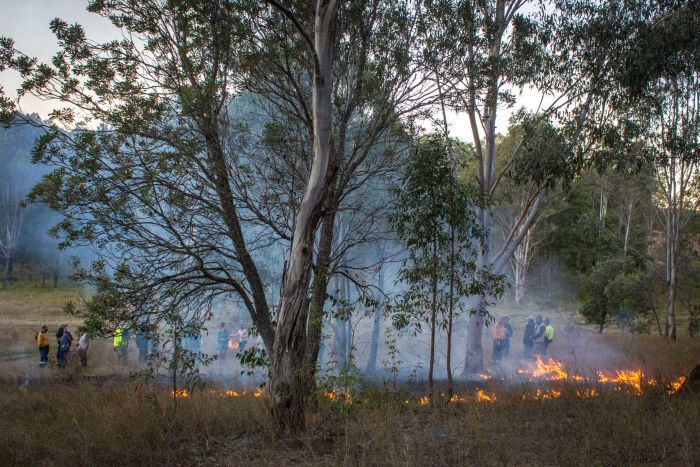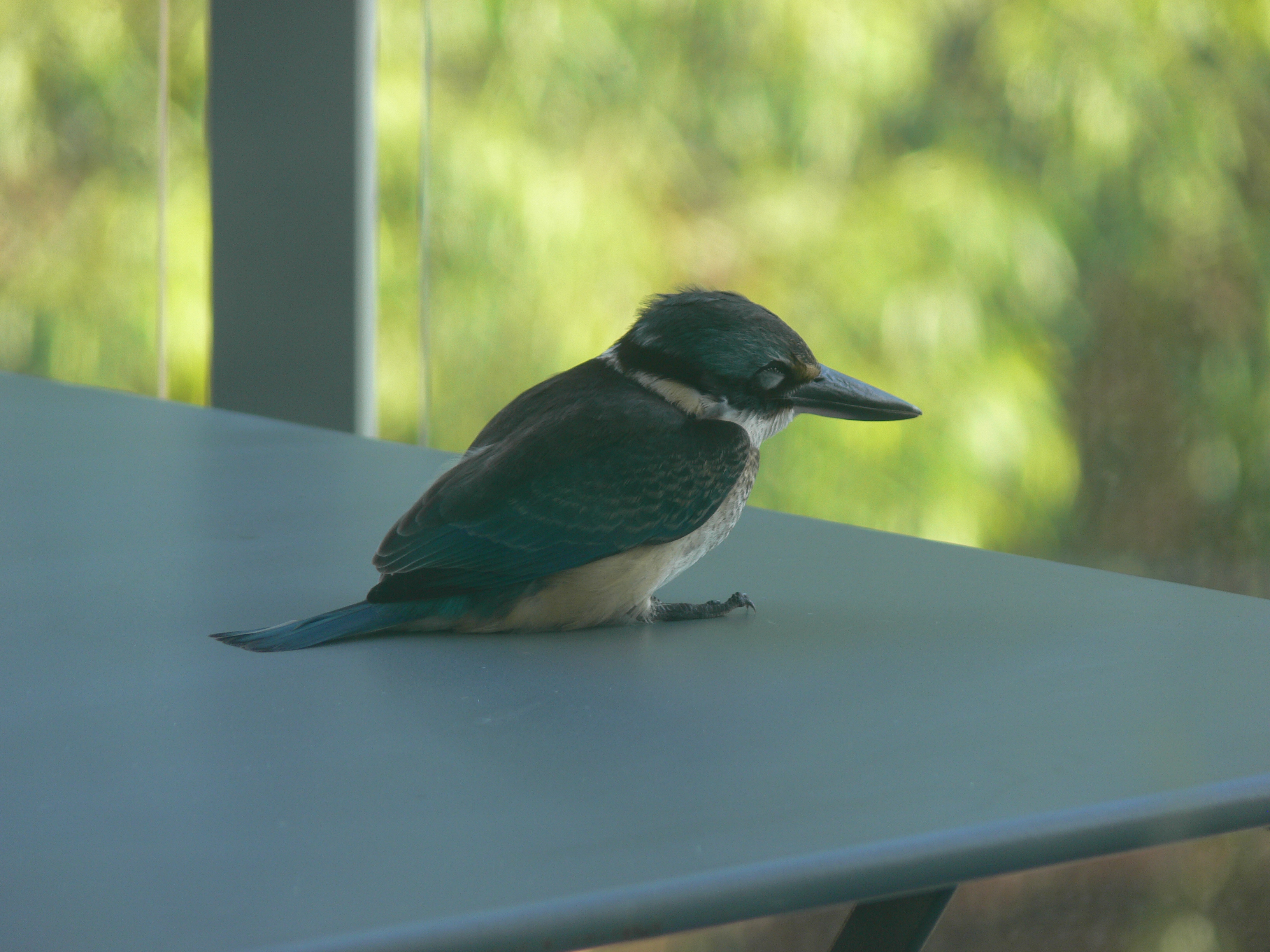In 1989, in my last year of school, I was a volunteer with the NSW State Emergency Services. We had spent a lot of time training for rescues, searches and emergency structural supports, but none for fighting fires, so when bushfires reached Sydney, we left the dangerous work to the real heroes, but we picked… Continue reading Cultural Burning
Category: Australia
WIRES Wildlife Support
A thud at the living room window drew my attention from my book. Not three feet from my head, the impact had left a smear, and there on the table where it had landed after rebounding was a small bird lying on its side. A closer look revealed a long Kingfisher beak, brown feathers tinged with blue, a white collar and a white chest that appeared to be moving. Behind it, an Indian Myna hopped around curiously.
Telling their own stories
Insight ran an excellent series of interviews with young Aborigines living in Alice Springs last night. The kids opened up and talked about their fights, their drinking, their family problems and their hopes for a better future. If I have one regret about my book Dragon Bones, it’s that the stories of the Bhutanese people… Continue reading Telling their own stories
Drive Safe NT
Have you ever heard a politician praise the previous government? Adam Giles, NT Transport Minister, gave full credit to his predecessor for ‘the best program the territory government has ever run‘ and vowed to continue it. The program? DriveSafe NT Remote is helping indigenous Australians to get driving licenses. In the Northern Territory, it’s impossible… Continue reading Drive Safe NT
Humour and Culture
Not everyone understands the Australian sense of humour. Sometimes it’s even beyond Australians. Some of my countrymen have complained about the Prime Minister’s recent video declaring that the end of the world is nigh. In one case, a mother of a young autistic man has had to convince her son that the Mayan calendar can’t… Continue reading Humour and Culture
Blackfella Facebook
Last month, the National Centre for Indigenous Excellence launched its own social networking site. The officially named Community of Excellence is known as Black Fella Facebook by its users. Targeted exclusively at young Aboriginal and Torres Strait Islanders, the site allows youths to share their goals and aspirations and to indicate their support for each… Continue reading Blackfella Facebook
Lining Up For iPhones
A Japanese exchange student, who joined my school in year 10, kept up with classes by translating unfamiliar words in her electronic translation dictionary. When I saw the same gadget on my first exchange to Japan, I would have bought it if I’d had the money. By the time I went back two years later,… Continue reading Lining Up For iPhones
Attitudes to Downs Syndrome
I was standing in the kitchen of our other Sydney office yesterday, when in came a woman with Downs Syndrome pushing a vacuum cleaner. My boss, who was showing me the facilities, introduced her as Claire and told me that she was the real boss of the site. While we chatted with her, Claire opened… Continue reading Attitudes to Downs Syndrome
Australian Butcher
I rarely go to the butcher these days – I’m guilty of succumbing to the convenience of supermarkets – but last week I wanted to get some quality meat for a hot breakfast. The old lady next to me at the counter was complaining to the butcher that she’d bet on Queensland in the State… Continue reading Australian Butcher
Flexibility For Aboriginal Education
I must applaud the NSW government’s new moves to improve education for Aborigines. The biggest mistake the federal government made in the NT Intervention was not consulting Aboriginal elders regarding their plans. Perhaps having learnt from past mistakes, the federal government apparently created the Indigenous Action Plan (probable parent of this NSW effort) following ‘extensive… Continue reading Flexibility For Aboriginal Education

